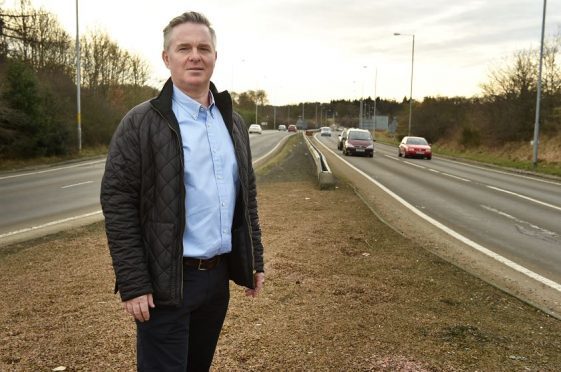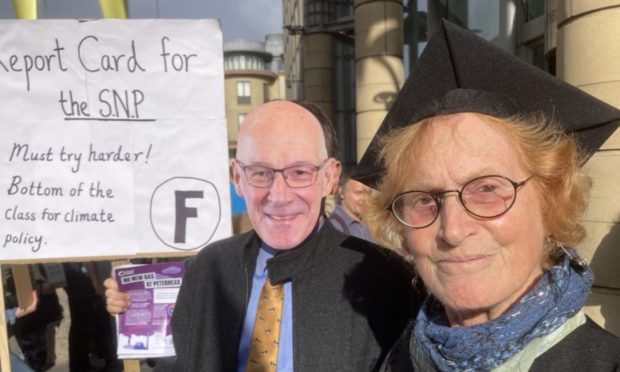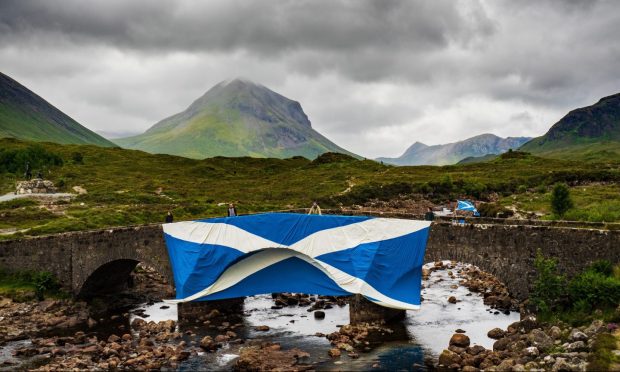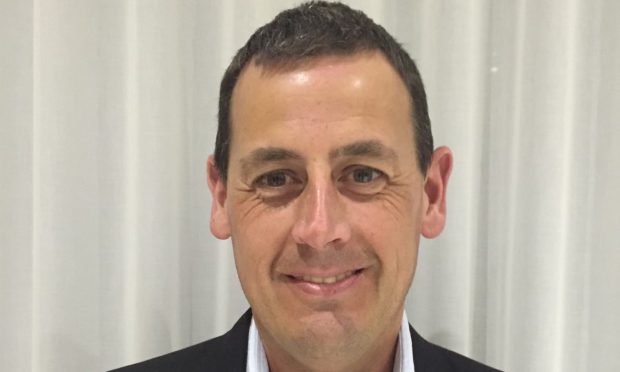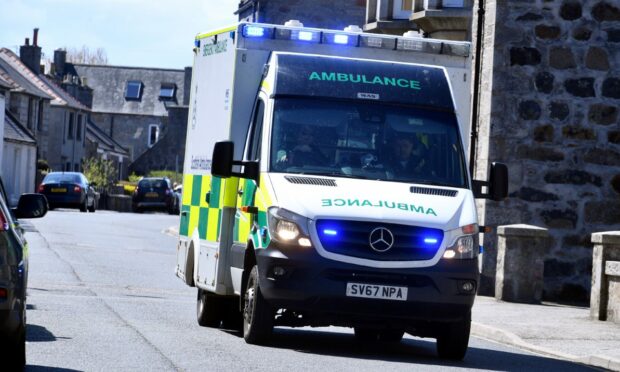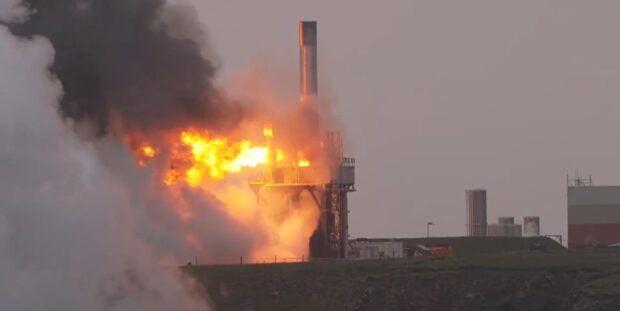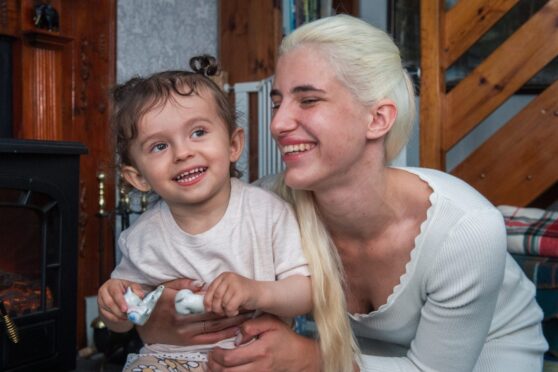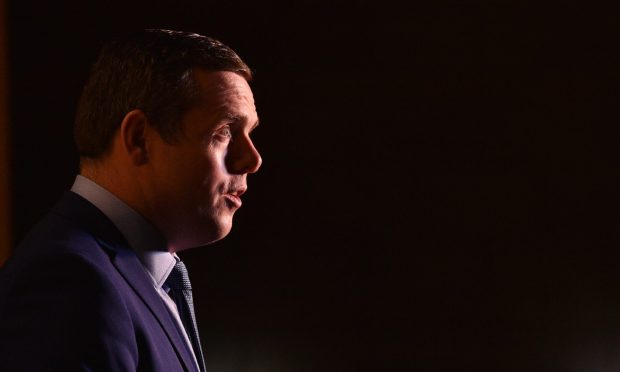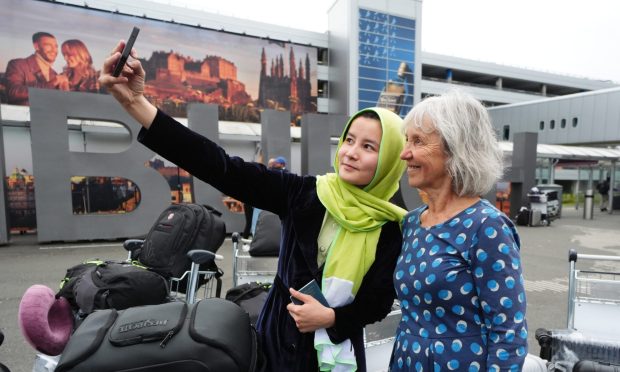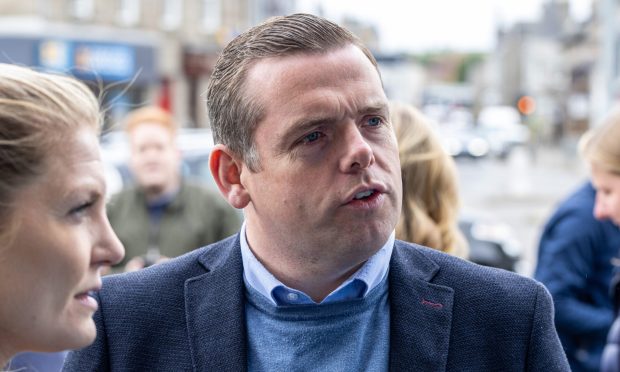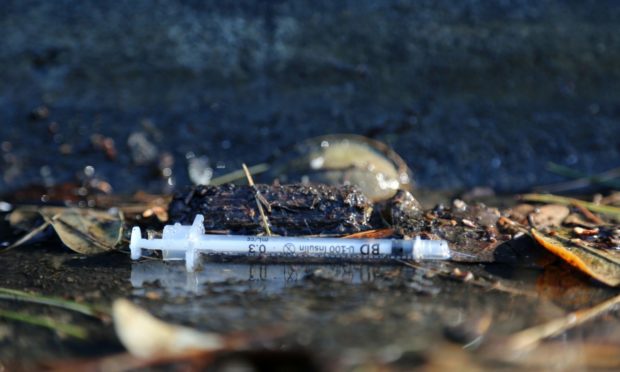I look out over the rolling countryside of Aberdeenshire towards Bennachie every time I leave my Gordon constituency home.
Little has changed for many decades but a lot has changed over the centuries. Much of Scotland was drained in the 19th century before then Scotland suffered as Ireland did, with high rain fall the land had poor natural drainage causing crops to fail.
The country side we enjoy is largely man-made. The lowlands and uplands were cultivated first by horse and then machinery. Streams and rivers were straightened and forestry has been managed into a neat patchwork.
Scotland’s farming and crofting is vast covering 5.7m hectares, not wilderness, even in the Highlands it has been shaped by human intervention. This is largely family farming but on a scale that is competitive and sustainable with support.
Intensive agriculture is concentrated on the East Coast from the Borders to the Moray coast.
Over and above cereals we produce a variety of crops including 28,000 hectares of potatoes – that’s 28,000 football pitches, 2,000 hectares of fruit including 3,000 t’s of raspberries and 25000t’s of strawberries and 200 million packs of fresh carrots. The food and drink industry supports 300,000 jobs, and is the largest manufacturer in Scotland.
Livestock which is spread over the lowlands, uplands and hills is on a daunting scale with 1.8 million cattle. Scottish and British breeds dominate the western world’s beef herds with Aberdeen Angus, Short Horns and Herefords dominating the Americas and Australasia. Dairy farms have declined in numbers but have increased in scale and efficiency. The UK has the largest average dairy herd size in Europe.
There are 6.8 million sheep in Scotland with the vast majority of lamb heading south of the border. About 330,000 pigs are produced, a third in the NE. A 13 million strong poultry flock produces £59million of chicken meat and £88million of eggs. The livestock industry has welfare second to none in Europe and the rest of the world.
It is not only Scotland, farming in England has a fine record as well. Land is more accessible than it has ever been. England has 202,000 km of public rights of way and 30,000 km of hedgerows.
Across the UK since the 1990’s greenhouse gasses produced by farming has dropped by 19%, plant species have increased, ponds have increased, we have grass buffers for water courses, pollen and nectar rich pastures and beetle banks. It is estimated that land maintained for beef and sheep supports £1.49billion worth of tourism.
The mark of good intentions by politicians is very visible in farming.
Years ago, the country side was blighted by fields of weeds and set-aside to try and reduce the 1970’s food mountains. Passing through the countryside today you would be excused for thinking those times were back. The UK is still only 60% self-sufficient in food.
Leaving the EU offers the UK and Scotland some time to rethink our support for farming, but we must do that in the context of the food and drink industry – not in isolation.
Farming is the bedrock of food and drink. The provenance of the ingredients is crucial.
A well intentioned policy, forcing farmers even in upland areas to grow three crops on arable land, threatened to undermine production of Spring barley. Almost one third of Scottish barley production goes into the manufacture of whisky.
Food must be affordable so we must encourage productive agriculture.
The shopping public have been very supportive buying British on the basis it is value for money, wholesome and safe. We do not want to see a flood of imported cheaper but lower standard food that compromises animal welfare or the environment.
Ministers must shout from the rooftops that the UK has gold standard animal welfare and environmental standards.
I have been in the agri-food industry for 28 years and have seen it come on in leaps and bounds. The NFU made a valuable observation: “If farms are competitive and profitable they are in a better position to deliver for the environment the economy and society at large.”
We must seize the opportunities afforded by the UK leaving the EU and ensure this crucial industry continues to thrive.
Yesterday’s Centre for Cities report painted a bleak picture for Aberdeen. The findings suggest the city has the most to lose from Brexit.
In the same report, however, the point is made that we have a “highly skilled” labour market, “significant numbers” of innovative firms and “strong” business networks.
The north-east region has demonstrated during the oil downturn just how robust and resourceful it is. Unemployment even now is half of the national average, despite the collapse in the global price of oil.
This is a dynamic economy able to adapt with an outward looking emphasis on exports, largely to countries outside the EU.
The Centre for Cities report fails to highlight that 90% of the world’s growth will be outside the EU over the next 20 years. Aberdeen and Aberdeenshire have the skills, the people and the energy to pursue those opportunities.
I met the chancellor last week along with my fellow north-east Conservative MPs. We made it clear – and he agreed – how important it was to support the maximum recovery of the remaining reserves in the UK Continental Shelf and also to pursue emerging opportunities in decommissioning. There is a lot more to come from this region.
The Palace of Westminster can be a daunting place.
Making my maiden speech in the chamber was somewhat surreal. I sat for four hours trying to work out when it would be my opportunity. The infamous whips give you a heads up, colleagues appear as if by magic to give you support, and the speaker calls your name.
Rising to my feet, the tune from that old song by June Imray, “The Quine that did the strip in Inverurie”, kept going round and round in my head. Four hours is a long time building up to speak.
Fortunately for the esteemed company and the then newly appointed deputy speaker, Scots-born Eleanor Laing MP, I stuck with tradition, paid tribute to my predecessors, spoke warmly of my constituency, thanked the voters and sat down.
I am a loon from Auchterless, schooled at Turriff Primary then the Academy who scraped a degree at Heriot Watt University, sought my fortune in England at 23 and returned to the north-east in 2005.
I could have been recorded for posterity in Hansard singing.
I can hum the tune but fortunately, I do not know the words by heart.
